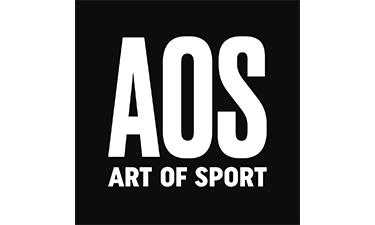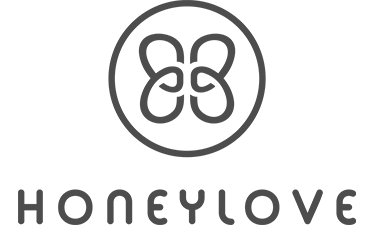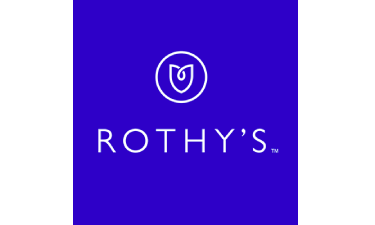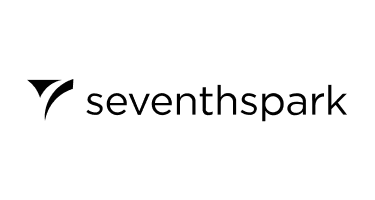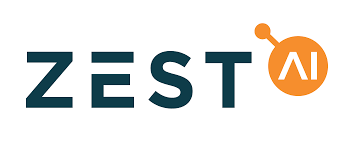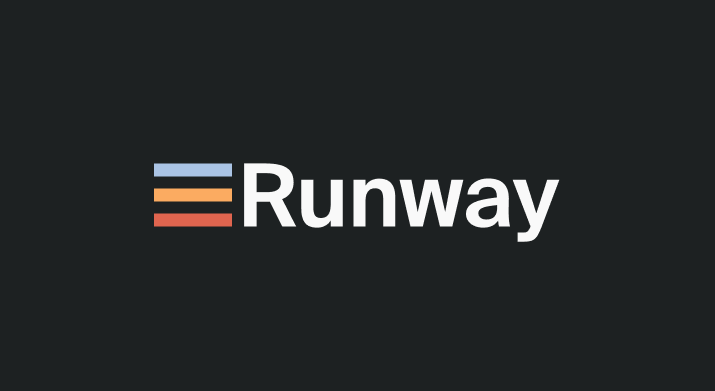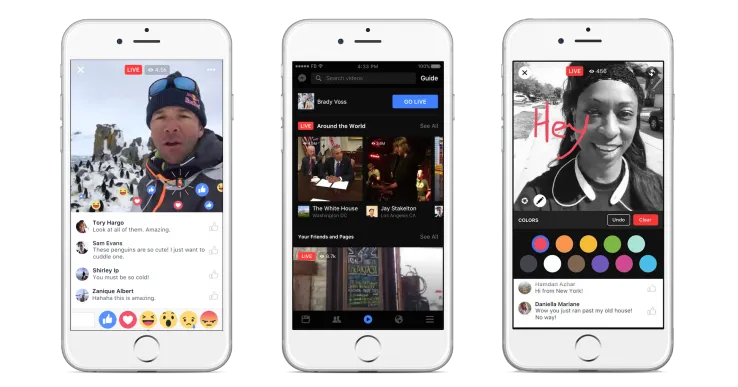
Jeremy joined Lightspeed in 2006 as the firm’s first consumer specialist, focusing on massive-scale social media, commerce, new media, and financial services. Like many in the industry, he was drawn to venture capital for its forward-looking approach to business. Although Jeremy is not leading investments in new companies on behalf of Lightspeed, he remains a partner, focused on his current portfolio and on mentoring teammates.
“I was an operator for a long time,” he says. “And as an operator, you focus on making the month, the quarter, the year. With venture, you’re looking toward the horizon rather than the ground.”
This perspective has proven fruitful. Jeremy has funded several companies that have since been acquired or gone public, most notably Snapchat, where he made the first investment. It’s a track record that has landed him on the Forbes Midas List several times.
In addition to completing an MBA at Stanford, Jeremy spent the ‘90s and early 2000s working for web pioneers such as Netscape, AOL, CitySearch, and Interactive Corp. It was then that he learned to view the world through the eyes of the mass market—not just the digerati—and how to spot patterns in user behavior.
“Our job is not to predict the future, but to recognize an exciting present that can continue to scale,” he says. “A lot of that is about keeping an open mind, about not rushing to judgment.”
With Snapchat, for example, Jeremy recognized a fundamental shift that created opportunity for a disruptor. Conventional wisdom held that the post-Facebook social media landscape was too crowded to accommodate another platform. Yet Snapchat went on to shape popular culture. Why?
Jeremy saw that users on Facebook and Instagram posted mostly highlight reels of their lives, leading to performance anxiety—and less posting. Users worried, “Will I get enough likes?” Conversely, Snapchat’s disappearing photos, and the absence of likes and follower counts, removed the perceived risk of posting a photo. People could be themselves.
“Today, people express themselves through Snapchat stories, gifs, and stickers,” he says. “Before that, it was emojis and emoticons. Before that, it was their AIM Buddy icon or their ASCII signature on Usenet. The same core driver — people seeking individuality — is being instantiated in different ways, through different media.”
Outside of Lightspeed, Jeremy was a founding trustee at Presidio Knolls School, a startup, progressive Mandarin-immersion PreK-8 school in San Francisco.

- Favorite Album The History of Rome
- Favorite Book Influence: The Psychology of Persuasion
- Favorite Hobby Ido Portal's movement culture, calisthenics, tai chi, balance work
